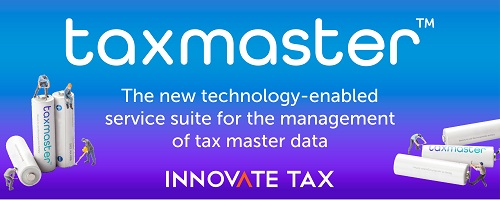We have already posted about this report before. In this post, we focus only on the reaction to the summary invoice change.
Unofficial translation:
Possibility of collective invoicing proposed to be abolished (Article 223)
The NSD opposes the abolition of the summary invoice and notes that only a brief explanation of the philosophy of real-time information. Furthermore, an analysis of the consequences is lacking in terms of practical effects or costs. Nor is there explanation of why the summary invoice is being abolished for both EU and national trade.
The Swedish Tax Agency states with regard to the summary invoice that “the purpose of the provision is to simplify the handling so that the person who is obliged to invoice can include several of his own transactions in a single invoice instead of issuing several separate invoices.” NSD considers that an invoice which groups together several different transactions is very common in a number of different situations and for different reasons. A requirement to issue one invoice for each transaction is impracticable, costly and illogical. The attached example clearly shows that the continued need for the summary invoice and the impossibility of invoices per transaction.
In principle, under EU law, every supply of a good or service is treated separately unless the transaction is to be regarded as a composite supply. In addition to complicated case law, there are no helpful rules in both EU and Swedish law when a determine whether a supply falls within the scope of the principal or principle. Swedish companies find that both Swedish application, case law and Member States differ. This issue arises in all sectors and in all transactions, as sales of goods also include the need for services and vice versa. Examples of such supplies are contract work, repairs with installation of goods, conference packages, electric car charging, IT, telecommunications and mobile phone services, etc. NSD notes that the difference in taxation will persist when The European Commission in this reform proposal does not propose any auxiliary rule or harmonisation. Questions arise as to whether the abolition of the summary invoice means that each supply of goods (screws, nuts, boards) and each service element will be invoiced separately per unit? Successive deliveries are very common where, for example, electricity, telecommunications, broadcasting, application and subscription services are provided on an ongoing basis. Should such supplies be invoiced per per transaction, per delivery, per minute or per day?
In industry, it is common to have different purchase orders where, for example, certain goods are delivered per per minute, per hour, etc. The invoice issued to the same buyer is issued according to what agreed between the parties. Should an invoice be issued per delivery instead? Call-off stocks where a certain type of goods is placed at the buyer’s premises where the buyer picks from the stock. In such cases, it is appropriate to apply self-billing as the buyer has control over the delivery. Should an invoice be issued each time the buyer picks from the stock? According to Tillväxtverket (2017), Swedish companies (with at least one employee) send a total of about 860 million invoices per year (including B2C). The average per company is 3,293 invoices, but differs by company size where a micro company sends 500 invoices while a large company sends around 250,000.16 The changes regarding the removal of the collective invoice and transaction-level reporting will mean a greatly increased volume of invoices to manage, store and where invoice should be matched against payment.
There is limited information on the number of invoices going between businesses and also the proportion relating to cross-border trade. With the proposal to abolish the summary invoice also for domestic transactions, it can be assumed that all invoices currently sent will have to be reported at transaction level. The consequence will be that the number of invoices will increase dramatically. For example, if the number of invoices increases by a factor of 10, then 8.6 billion invoices will have to be issued, if the factor is 30, this corresponds to almost 26 billion invoices.
The cost of sending and receiving an e-invoice is lower than for a paper or digital invoice. However, businesses are expected to handle a much larger volume of invoices with the proposed changes. According to price quotes from a number of business system vendors the price of handling an e-invoice is around €317 (excluding implementation and maintenance costs).
The total cost of increased invoicing in the examples above is therefore 26 – 78 billion. This should only be seen as an indication of the significant negative impact that the proposals will have on businesses. NSD again points out the lack of a relevant impact assessment that takes into account the systemic and financial impact of the proposals and the impact on EU competitiveness.
Source: svensktnaringsliv.se (page 11)
See also our post here about this topic.















